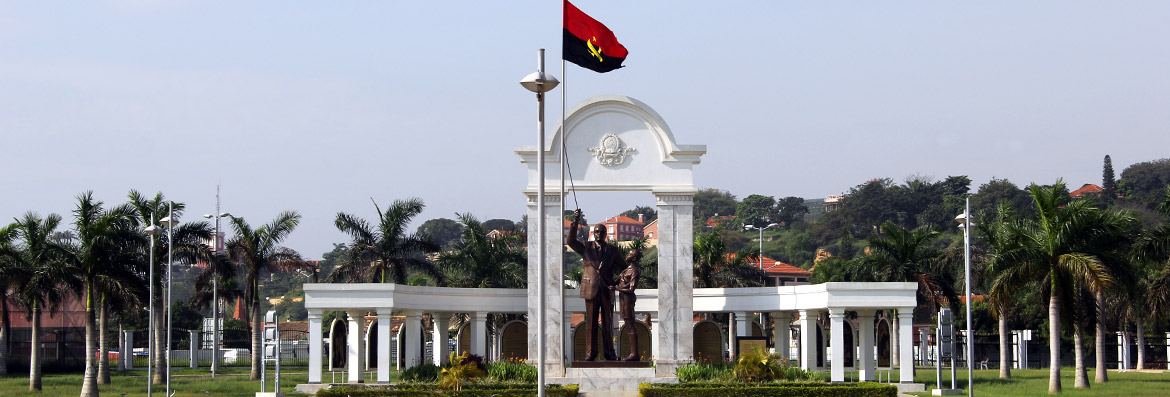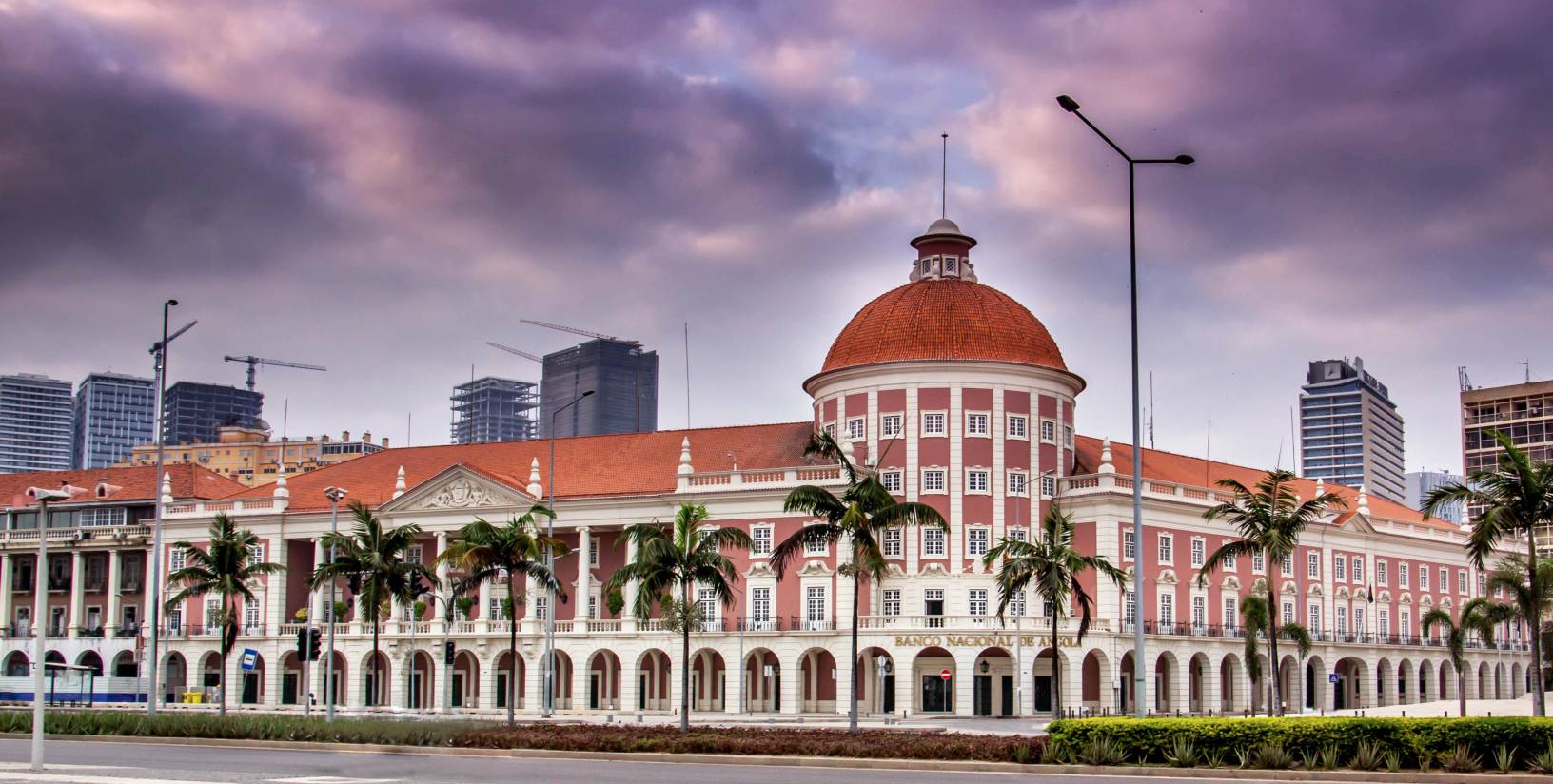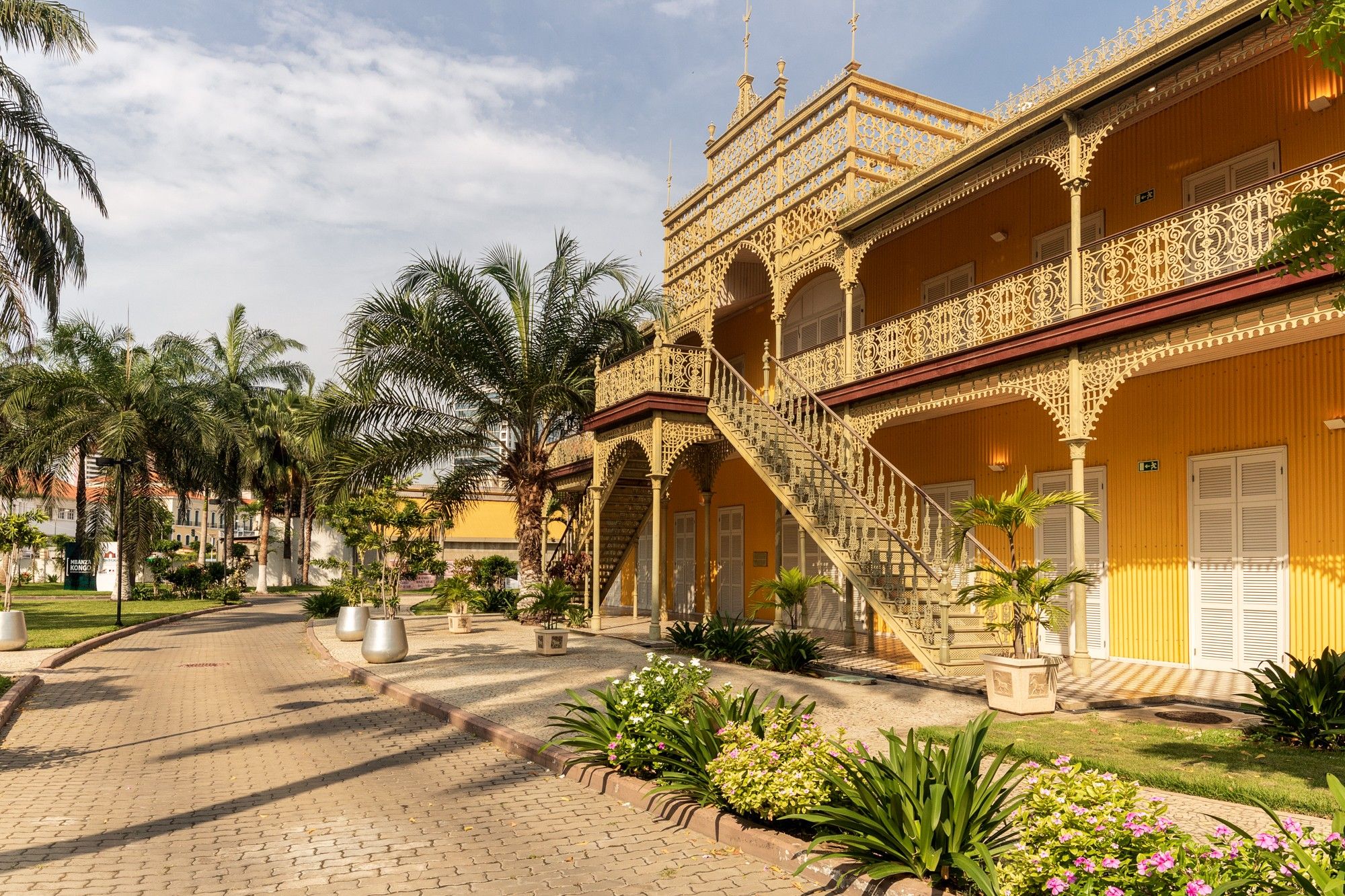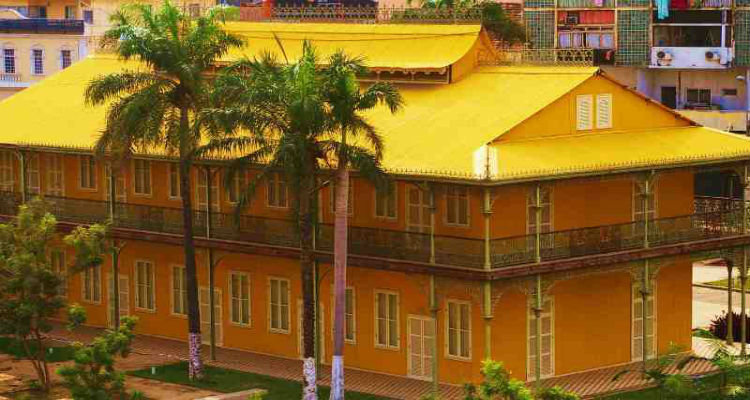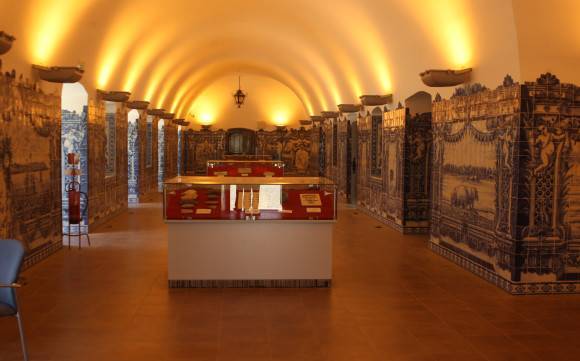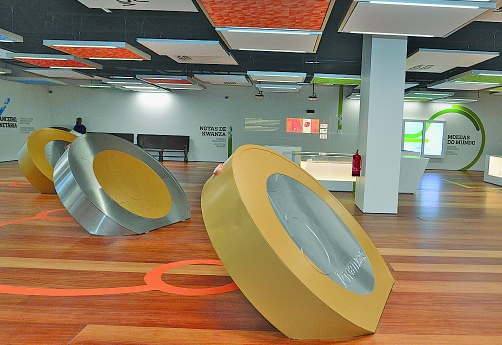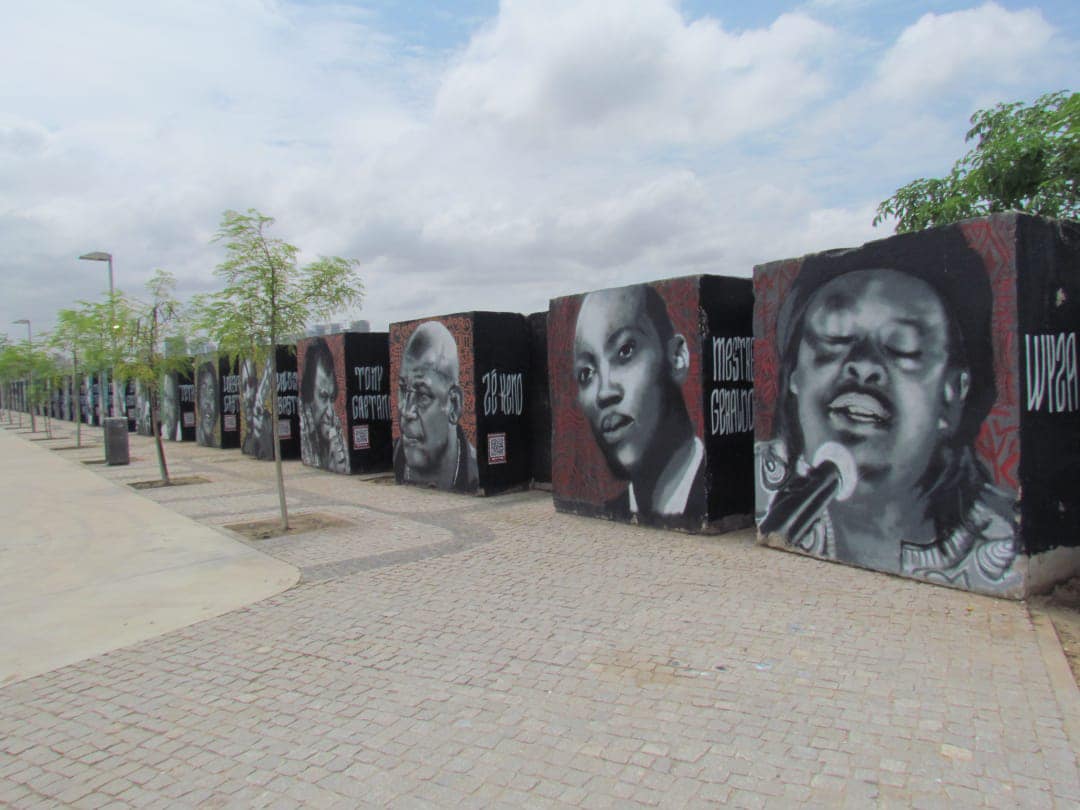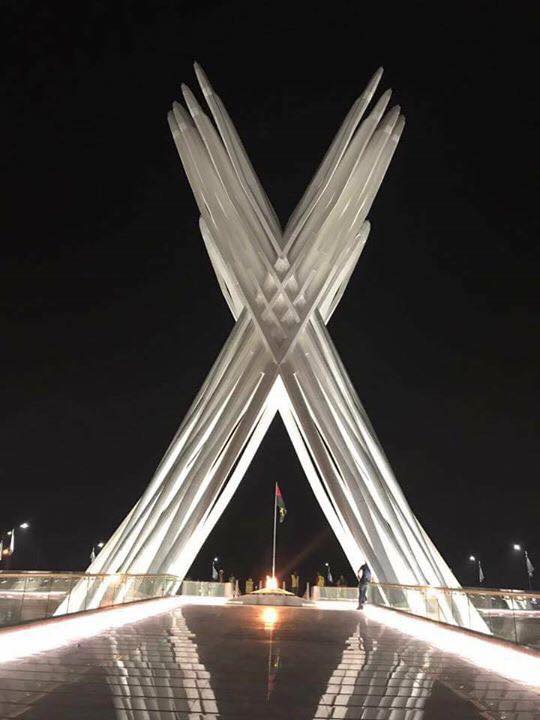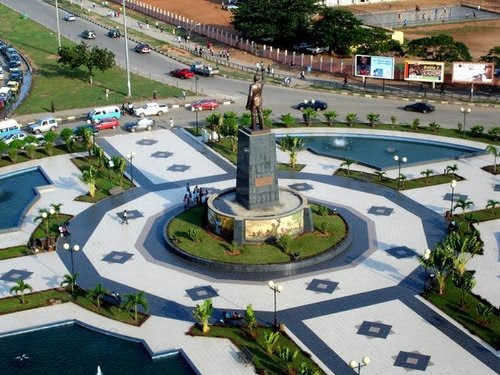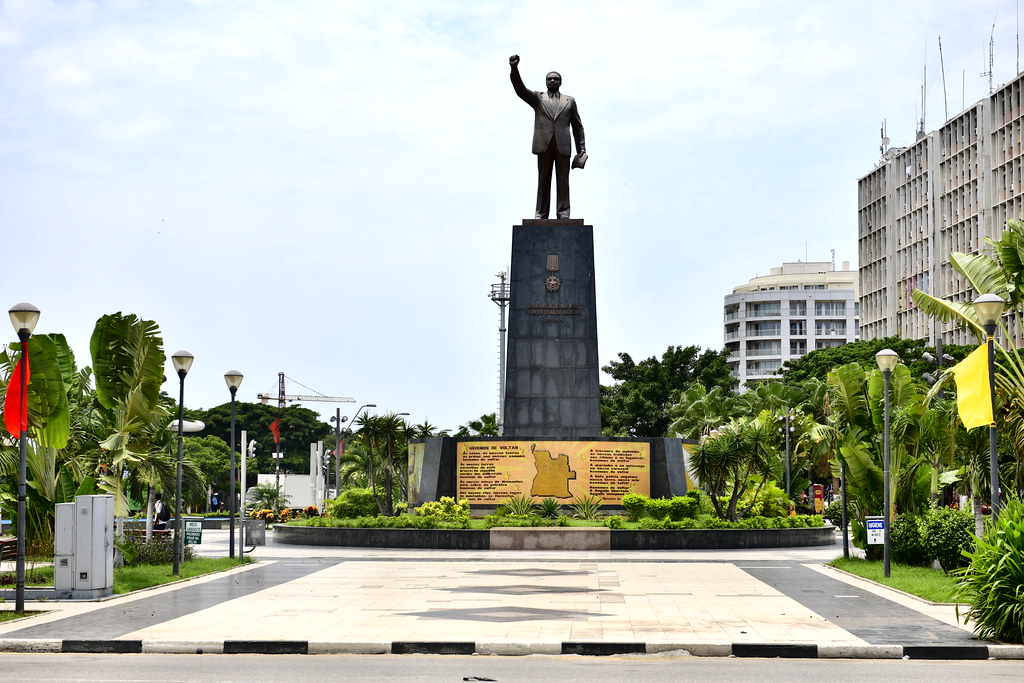Luanda as the host city of the event
Luanda, the capital and largest city of Angola, offers a multitude of attractions. It is the country's first port and the largest industrial, commercial, cultural, and urban centre. Situated on the North Atlantic coast of Angola, the city is renowned for its beautiful harbour and traditional heritage. Luanda is home to numerous beaches and rich natural resources that attract businesses, tourists, and outsiders. Luanda is an economic centre for oil, with a refinery in the city. The discovery of oil nearby played an important role in the city's economic growth. Luanda's distinctive natural beauty, abundant resources, and diverse culture make it an appealing destination for business travellers, tourists, and foreign investors.
National Assembly of Angola
Inaugurated in 2015, the Seat of the National Assembly was designed to host the Honourable Members of the Angolan Parliament. The neoclassical style of architecture emphasises moderation, equilibrium, and idealism, while the excellence of the interior design confers the dignity due to a building of such national significance.
Iron Palace
The building has an original metallic filigree decoration and has a superb surrounding veranda, being without a shadow of a doubt, the best example of iron architecture in Angola. The history of the building is shrouded in mystery, as there are no records of its origins. The wrought iron structure is believed to have been built in the 1880s or 90s in France, as a pavilion for an exhibition, and later dismantled and transported by boat, likely destined for Madagascar.
Fortress of São Miguel
The Fortress of São Miguel is a Portuguese fortress built in 1576 and was for many years a self-contained town protected by thick walls encrusted with cannons. Inside the fort, elaborate ceramic tiles tell the story of Angola from early years, and in the courtyard are large, imposing statues of Portugal's first king and other notables.
Angola Singers Tour
A mural, created with the aim of paying homage to some deceased musicians, was inaugurated on December 3, on Ilha do Cabo, in Luanda, Angola. The “Angola Singers Tour” is made up of 27 figures: Alba Clington, André Migas, Artur Nunes, Bangão, Belita Palma, Berto de Almeida, Carlos Burity, David Zé Jivago, Fernando Sofia Rosa, Liceu Vieira Dias, Lilly Tchuumba, Lourdes Van-Dúnem, Luis Visconde, Malé Malamba, Matumona Sebastião, Mestre Geraldo, Mestre Kamosso, Oliveira, Sabu Guimarães, Teta Lando, Tony Caetano, Tony do Fumo, Urbano de Castro, Waldemar Bastos, Wysa and Zé Keno.
Monument to the Unknown Soldier
The Monument to the Unknown Soldier, located between the Post Office of Angola and the Navy Command, at the intersection with the Luanda Marginal, was opened in September 2017. Built in one of the most emblematic points of the city of Luanda, this imposing work occupies an area 270 meters long and 60 meters wide. It has a metallic structure with 16 interlocking pieces, each with 8.8 tons, representing the union of soldiers for a common cause. The memorial is 23 meters high, a ramp 50 meters long, and a beam whose flame rises through a golden star that symbolizes the highest decoration for the fallen soldiers. Like most countries in the world, the Tomb of the Unknown Soldier, as it is known, was erected to honor soldiers and people who died in time of war, without their bodies being identified.

